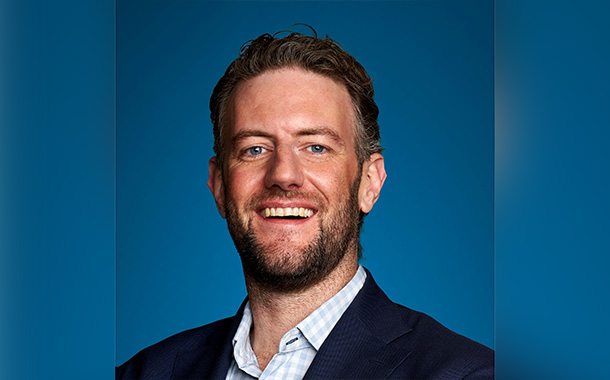Symphony Technology Group announced the launch of Trellix, a new business delivering extended detection and response to organisations with a focus on machine learning and automation.
Trellix emerges from the previously announced merger of McAfee Enterprise and FireEye in October 2021. Trellix will deliver living security that learns and adapts to protect operations from the most advanced threat actors.
Enterprises are engaged in digital transformation and the attack surface they need to protect is growing rapidly and is very dynamic influenced by work from home and cloud adoption. “That is absolutely one of the challenges that Trellix can help enterprises with,” says Adam Philpott, Chief Revenue Officer, Trellix.
Another challenge for enterprises is the growing sophistication and sheer volume of threat attacks and attack frequencies. Trellix has been built to take over mundane remediation operations leaving the analysts to focus on more sophisticated responses.
“When you think about it, there are not enough people. There is not enough talent in the cyber domain, so we need to use technology to augment human capacities. Those things are exactly what Trellix will focus on,” continues Philpott.
The core strength of Trellix has been built around extended detection and response or an XDR foundation, which plays the role of an architecture and system.
Trellix’s XDR ecosystem is designed to accelerate the effectiveness of security operations by providing customers with the capability to ingest over six hundred native and open security technologies. By providing security analysts with better insight, granting more control, and delivering comprehensive threat context, analysts can save time and act decisively to remediate threats.
The promise of XDR dramatically improves security efficacy, and the vendors that can deliver on that promise will capture market share.
“It is our way of integrating the threat tools into a common system instead of lots and lots of complicated individual tools. Lots of tools does not help anyone,” adds Philpott. “We need to give enterprises holistic visibility over the threat landscape, as there are shifts and changes and then help them respond to that in an automated orchestrated way.”
The approach of Trellix is to offer a holistic solution rather than a point product. Point products only challenge other point products and keep increasing the complexity inside an enterprise. Trellix addresses some of the pain points of enterprises by providing holistic visibility, eliminating complexity.
Philpott reiterates that the Trellix XDR is not a product or feature – it is an architecture in a system. Equally important, it has to be an open system, to integrate with an enterprises’ own infrastructure.
“There are other components that a customer may have. They may have created their own capabilities. Or they are midway through investment cycles in other capabilities,” he points out.
“So, it is really important that we integrate not only into their threat telemetry, but also into their infrastructure and into the cloud applications they consume,” says Philpott.
The XDR market is also under penetrated and likely to yield growths of 20% to 40% YOY, over the next four years for Trellix.
Another strong capability of Trellix is active usage of data sciences, algorithms, and automation. These are capabilities that can help improve the productivity of the SOC teams, allowing them to focus on threat hunting, while analytics automates out the low value, high volume incidents.
Integrating context and delivering outcomes takes resources and work. With a combined product portfolio that spans endpoint, network, messaging, data protection, and cloud services, Trellix has a multi-technology portfolio to address the promise of XDR.
With the combined market entry capability of McAfee and FireEye, Philpott expects Trellix, to do well in government and enterprise market segments.
And the new channel partner programme from Trellix is expected to make grounds in the managed services space.
“We see a huge opportunity with our MSSP partners, and that is not something we have embraced at the scale that we would like to do today. So that is a new change that I see coming forward as well,” summarises Philpott.
Snapshot
- Trellix emerges from previously announced merger of McAfee Enterprise and FireEye in October 2021.
- Trellix will deliver living security that learns and adapts to protect operations from advanced threat actors.
- The core strength of Trellix has been built from an XDR foundation, which plays the role of architecture and system.
- Trellix’s XDR ecosystem provides customers with the capability to ingest over six hundred native and open security technologies.
- By providing security analysts with insight, analysts can save time and act decisively to remediate threats.
- The promise of XDR dramatically improves security efficacy, and vendors that can deliver on that promise will capture market share.
- The approach of Trellix is to offer a holistic solution rather than a point product.
- Point products only challenge other point products and keep increasing the complexity inside an enterprise.
- Trellix has a multi-technology portfolio to address the promise of XDR.
- With combined market entry capability of McAfee and FireEye, Trellix is expected to well in government and enterprise markets.
Trellix represents the best of McAfee Enterprise and FireEye and looks to alleviate pain points for enterprises by adding automation and reducing complexity.

























